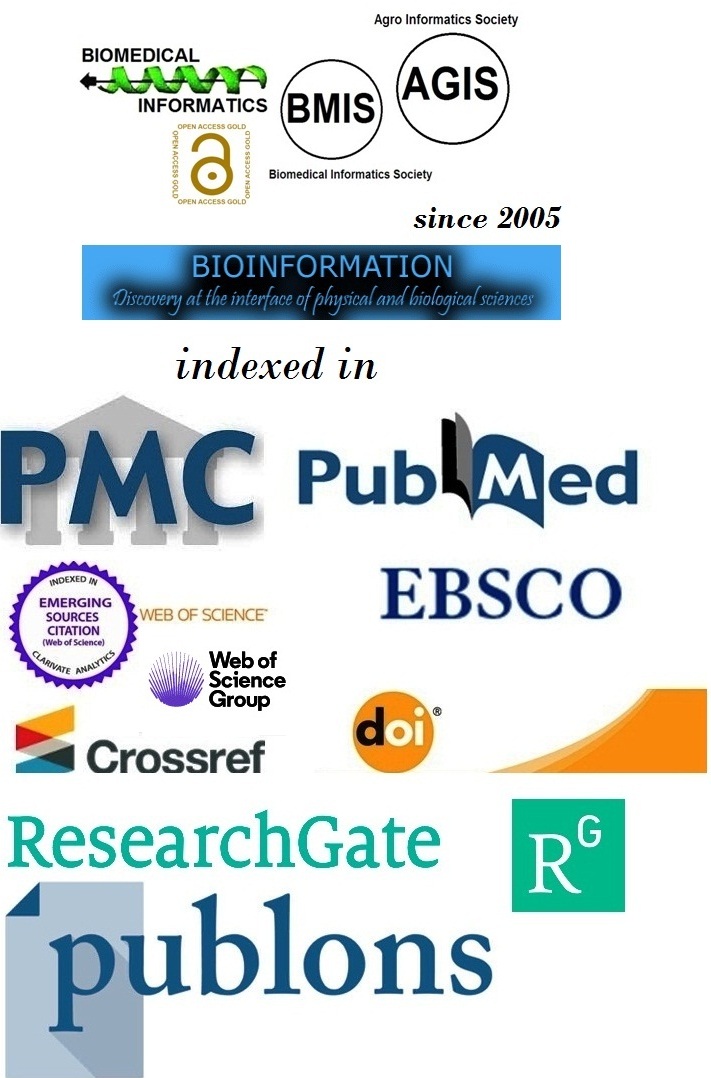Title
Artificial intelligence in radiology and diagnostic imaging
Authors
Devta Viswam1, Ashish Abraham Francis2, Sachin Dawale3, Ranjani Kanakaraj4, Yagvalkya Sharma5, Lalit Karki6,*, Shrinidhi Sivasubramaniam7 & A Prashannalakshmi8
Affiliation
1Department of Radiology, Caritas Hospital, Kottayam, India; 2Institute of Internal Medicine, Madras Medical College, Chennai, India; 3Department of Radiodiagnosis, Mahatma Gandhi Institute of Medical Science, Sevagram, Wardha, Maharashtra, India; 4General Practitioner, Institute of Internal Medicine, Madras Medical College, Chennai, Tamil Nadu, India; 5Department of Research, Kalp Research Work, Mathura, Uttar Pradesh, India; 6Department of Radiology, Kathmandu Medical College, Kathmandu, Nepal India; 7Institute of Internal Medicine, Madras Medical College, Chennai, India; 8Department of Medicine, Tashkent Medical Academy, Urgench branch, Uzbekistan; *Corresponding author
Devta Viswam - E-mail: devtaviswam@gmail.com; Phone: +91 8903693002
Ashish Abraham Francis - E-mail: ashishabfran@gmail.com; Phone: +91
9445504822
Sachin Dawale - E-mail: sachindawale97@gmail.com; Phone: +91
9545216294
Ranjani Kanakaraj - E-mail: ranjani16kanakaraj@gmail.com; Phone: +91
8754464163
Yagvalkya Sharma - E-mail: sonusharma23@gmail.com; Phone: +91
9953329363
Lalit Karki - E-mail: lalitjungkarki@gmail.com; Phone:
+977-9841199101
Shrinidhi Sivasubramaniam - E-mail: shrinidhisiva2020@gmail.com; Phone: +91 9363100725 A Prashannalakshmi - E-mail: prashannahu@gmail.com; Phone: +91 9940594556
Article Type
Review
Date
Received July 1, 2025; Revised July 31, 2025; Accepted July 31, 2025, Published July 31, 2025
Abstract
Artificial intelligence applications in radiology and diagnostic imaging encompass machine learning algorithms and deep neural networks that enhance image acquisition, analysis, and interpretation. Automated detection tools improve lesion conspicuity and quantification in modalities such as computed tomography, magnetic resonance imaging, and ultrasound, yielding greater diagnostic accuracy and consistency. AI‑driven workflow optimization streamlines image reconstruction and prioritizes critical findings to accelerate clinical decision making and reduce reporting turnaround times. Integration of radiomics and predictive modeling facilitates noninvasive pheno-typing of tissue characteristics and risk stratification for personalized patient management. Despite promising outcomes, challenges remain in algorithm generalizability, integration with picture archiving and communication systems, and regulatory approval pathways. Ethical considerations including data privacy, algorithmic bias, and explainability must be addressed to ensure safe and equitable deployment. This narrative review synthesizes current developments, evaluates clinical efficacy, and outlines future directions for AI in radiology and diagnostic imaging.
Keywords
Artificial intelligence, machine learning, deep learning, radiomics, computer‑aided detection, workflow optimization, diagnostic imaging
Citation
Viswam et al. Bioinformation 21(7): 1891-1894 (2025)
Edited by
A Prashanth
ISSN
0973-2063
Publisher
License
This is an Open Access article which permits unrestricted use, distribution, and reproduction in any medium, provided the original work is properly credited. This is distributed under the terms of the Creative Commons Attribution License.
